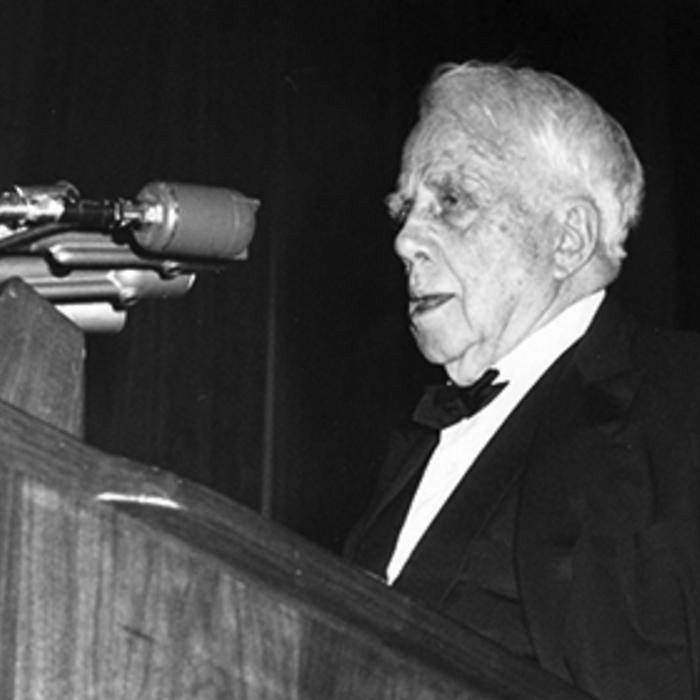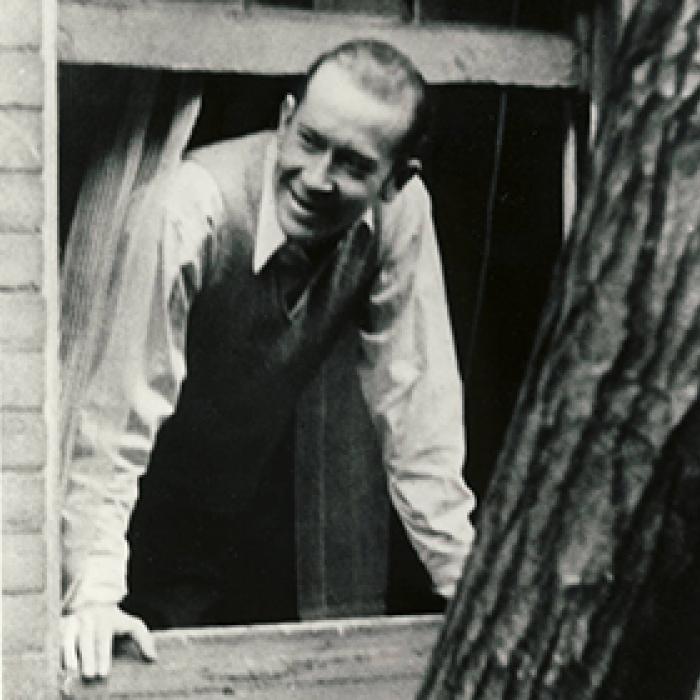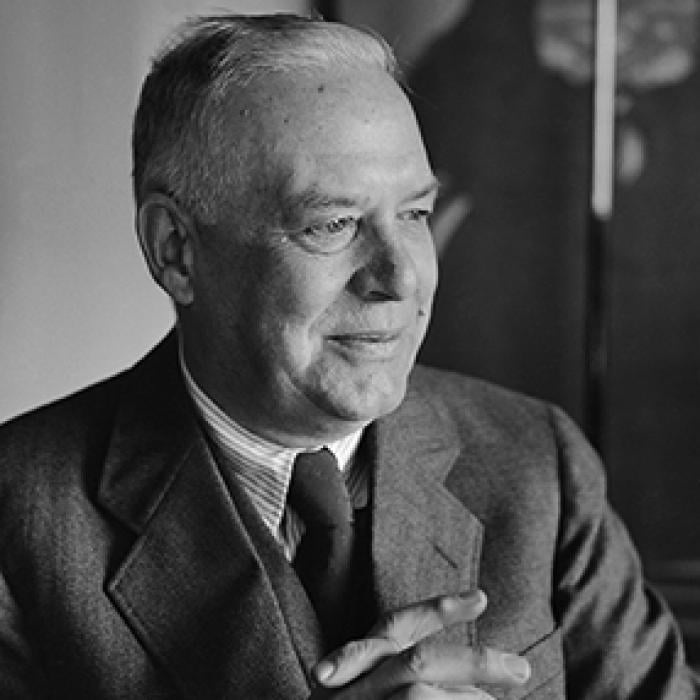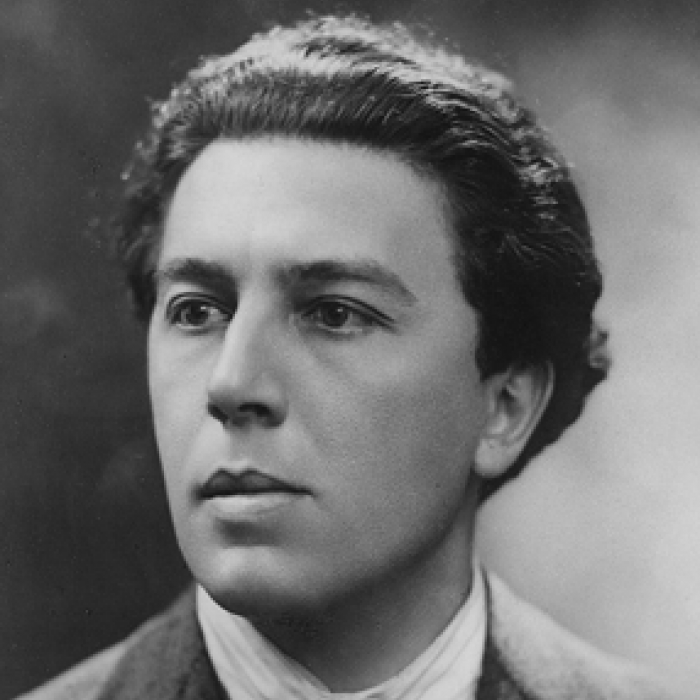Gertrude Stein
Gertrude Stein was born in Allegheny, Pennsylvania on February 3, 1874 to wealthy German-Jewish immigrants. When Stein was three, her family moved, first to Vienna, and then to Paris. They returned to the U.S. in 1878 and settled in Oakland, California. Her mother, Amelia, died of cancer in 1888 and her father, Daniel, died in 1891.
Stein attended Radcliffe College from 1893 to 1897, where she specialized in psychology under noted psychologist William James. After leaving Radcliffe, she enrolled at Johns Hopkins University, where she studied medicine for four years, leaving in 1901. Stein did not receive a formal degree from either institution.
In 1903, Stein moved to Paris with Alice B. Toklas, a younger friend from San Francisco who would remain her partner and secretary throughout her life. The couple did not return to the United States for over thirty years. During World War I, they volunteered together, driving supplies to hospitals in France.
Together with Toklas and her brother, Leo, an art critic and painter, Stein took an apartment on the Left Bank. Their home, 27 rue de Fleurus, soon became a gathering spot for many young artists and writers including Henri Matisse, Ezra Pound, Pablo Picasso, Max Jacob, and Guillaume Apollinaire. Stein was a passionate advocate for the “new” in art. Her literary friendships grew to include writers as diverse as William Carlos Williams, Djuna Barnes, F. Scott Fitzgerald, James Joyce, and Ernest Hemingway. It was to Hemingway that Stein coined the phrase “the lost generation” to describe the expatriate writers living abroad between the wars.
By 1913, Stein’s support of Cubist painters and her increasingly avant-garde writing caused a split with her brother Leo, who moved to Florence. Her first book, Three Lives, was published in 1909. She followed it with Tender Buttons (Claire Marie) in 1914. Tender Buttons clearly showed the profound effect modern painting had on her writing. In these small prose poems, images and phrases come together in often surprising ways—similar in manner to Cubist painting. Her writing, characterized by its use of words for their associations and sounds rather than their meanings, received considerable interest from other artists and writers, but did not find a wide audience.
Among Stein’s most influential works are Stanzas in Meditation and Other Poems [1929–1933] (Books for Libraries Press, 1956); The Autobiography of Alice B. Toklas (Harcourt, Brace, 1933), which was a best-seller; How to Write (Plain Edition, 1931); and The Making of Americans (Contact Editions, 1925). Sherwood Anderson, in his introduction to Stein’s Geography and Plays (Four Seas Company, 1922), wrote that her writing “consists in a rebuilding, and entire new recasting of life, in the city of words.”
Stein died of cancer at the American Hospital in Neuilly-sur-Seine on July 27, 1946.




